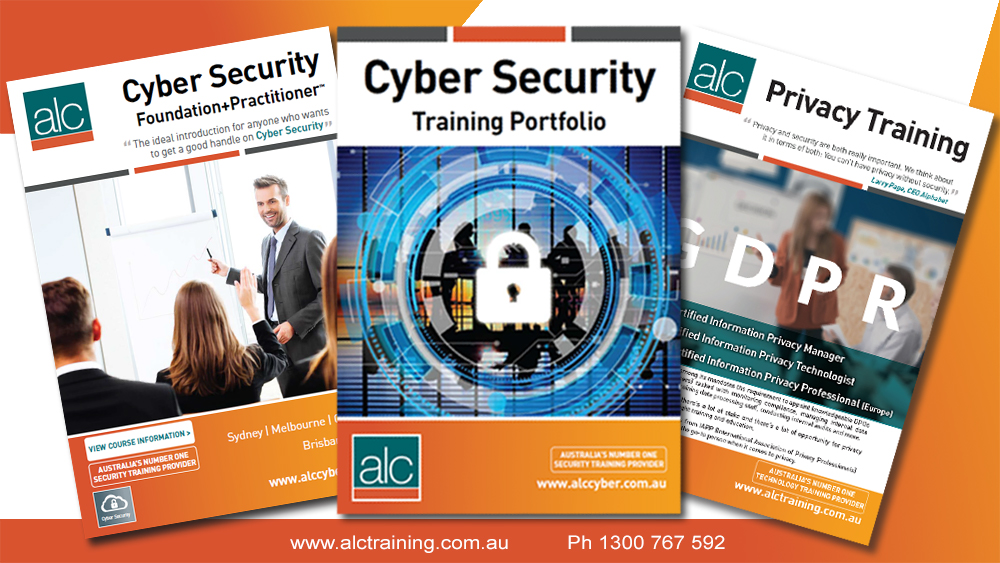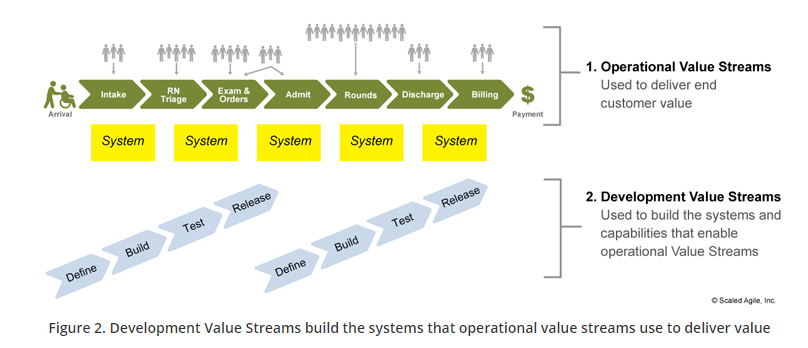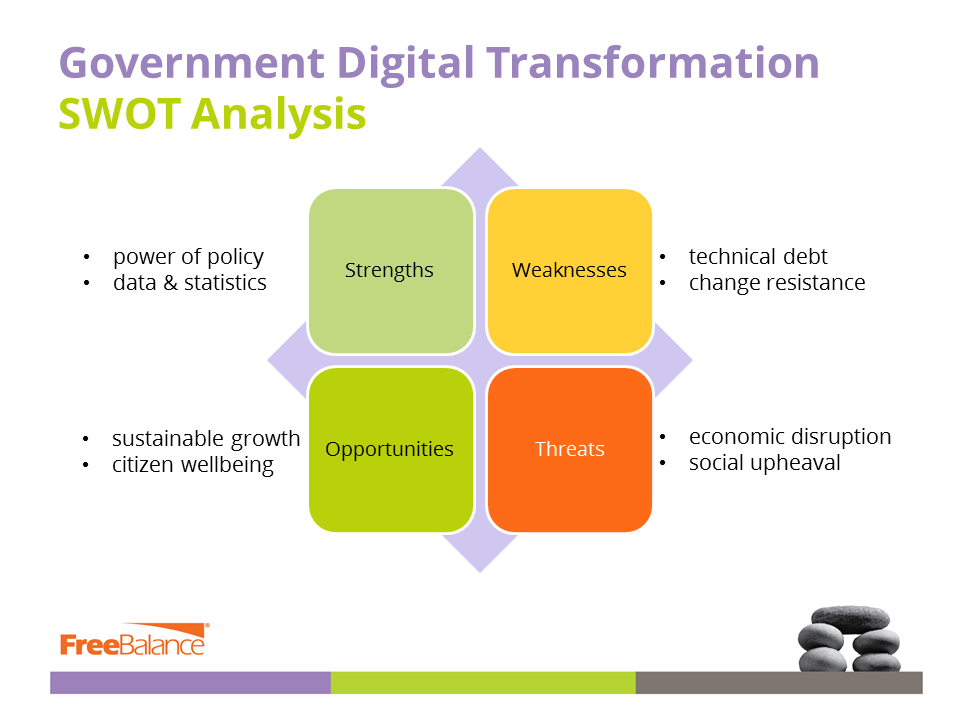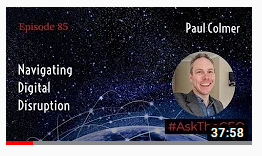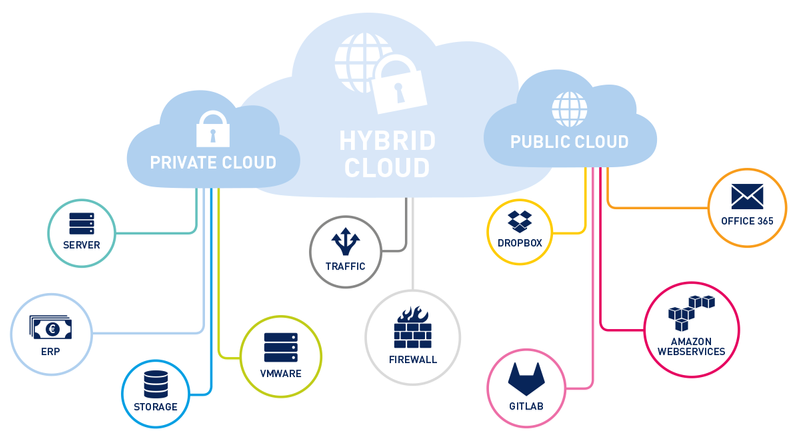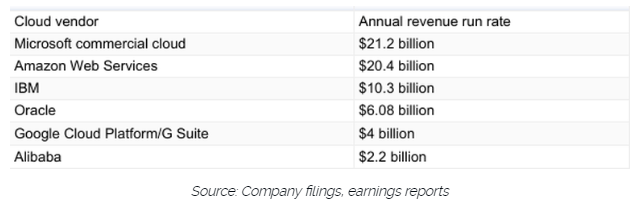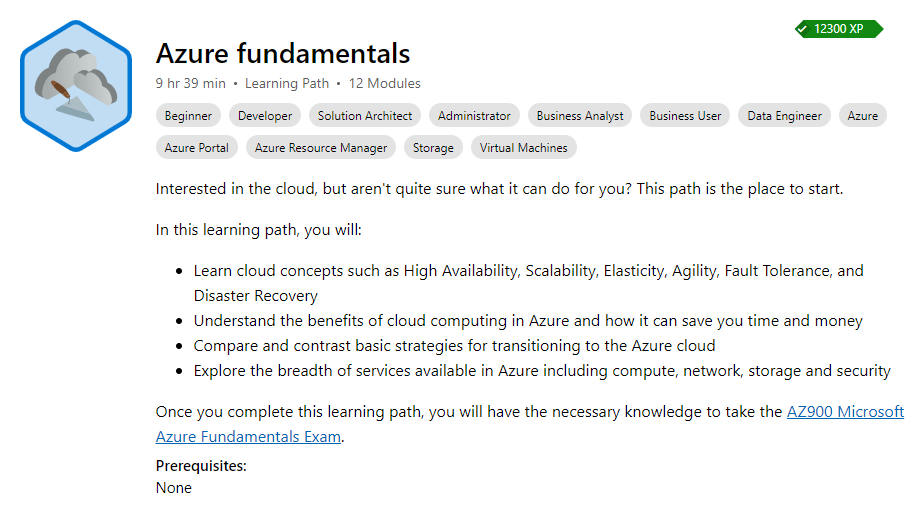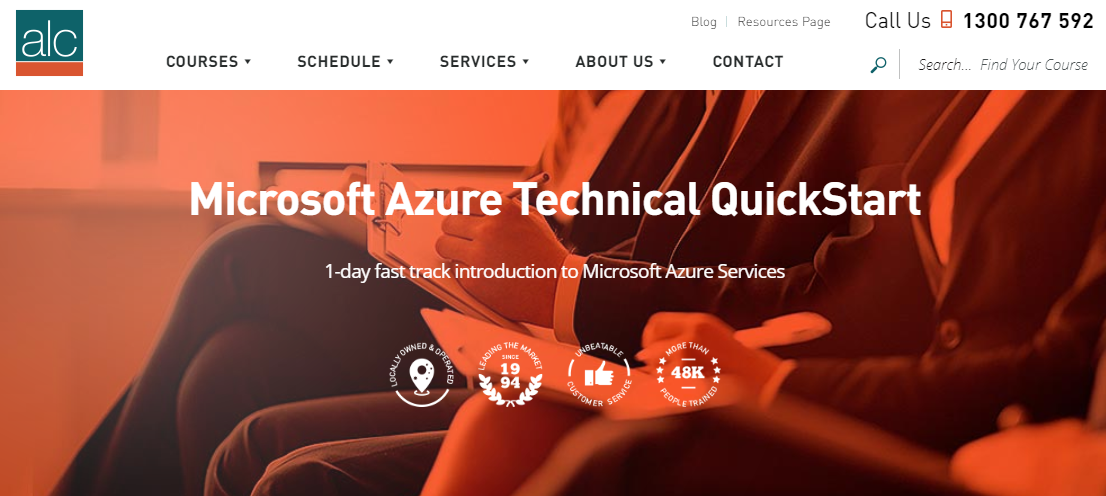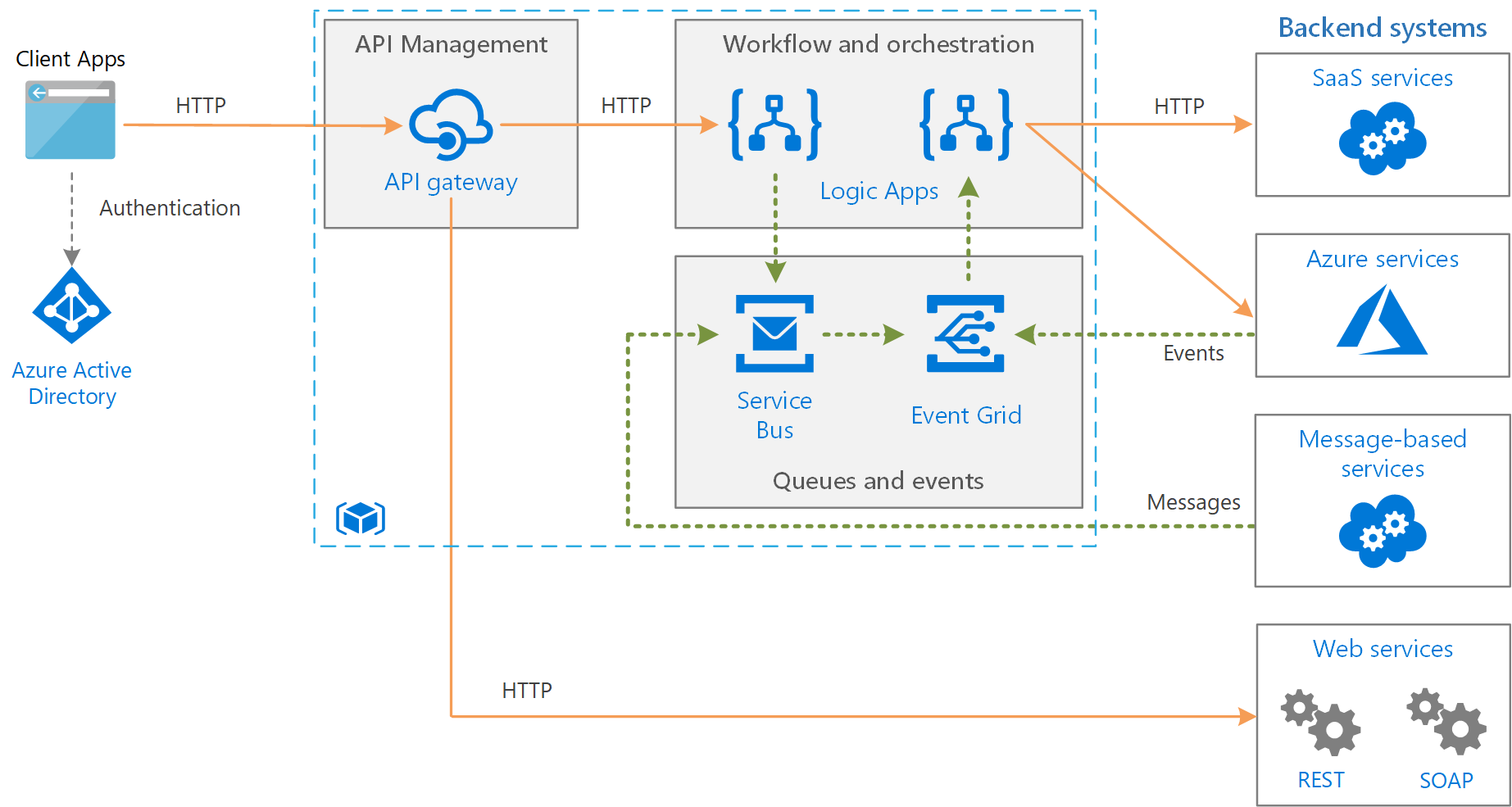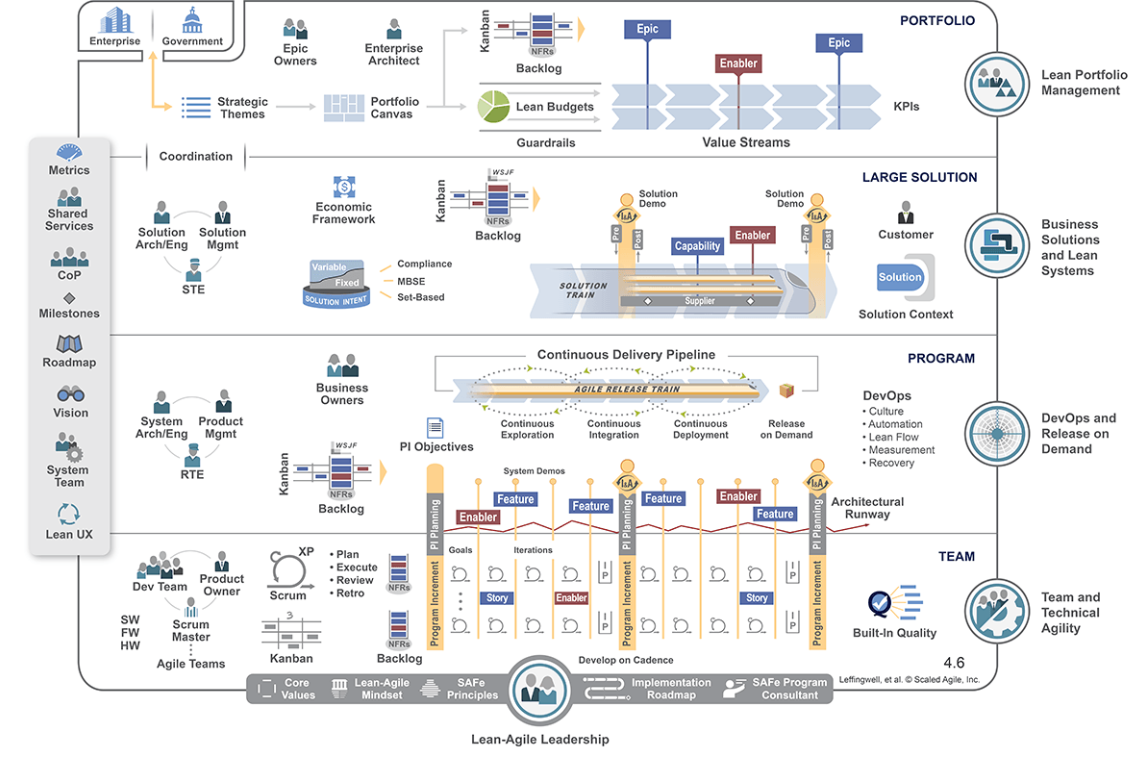If you’re thinking about levelling up your cybersecurity skills, odds are you will come across these two qualifications, CISSP and CISM.
Many IT and security professionals hit a ceiling in their careers without industry-recognised certifications, making CISM and CISSP certificates a popular choice. Both of these stand out as leading qualifications in the cybersecurity world and offer many benefits, but which one should you choose?
Before you sign up to complete your next cybersecurity qualification, here is all you need to know.
What is CISSP?
A CISSP or Certified Information Systems Security Professional certificate is a globally recognised certification for information security professionals. It is considered the “gold standard” in cybersecurity qualifications, ensuring that security leaders have in-depth knowledge of evolving threats, technologies, regulations, and industry standards.
The Value of a CISSP Certification is shown as it’s a globally recognised cybersecurity qualification that requires years of proven industry experience.

What is CISM?
CISM or Certified Information Security Manager is another globally recognised certification designed for information security managers and professionals responsible for managing, designing, and overseeing an enterprise’s security program. Just like the CISSP certification, this requires you to have proven industry experience.
What’s the Difference Between CISSP and CISM?
The CISSP (Certified Information Systems Security Professional) and CISM (Certified Information Security Manager) certifications are both well recognised credentials and each offers key benefits. However, they also have some important differences in who they cater to.
CISSP is designed for security professionals who work on the technical and operational aspects of cybersecurity, including security engineering, risk management, and cryptography. CISM on the other hand, is targeted at security managers and executives who develop and oversee security programs, ensuring they align with business objectives.
Why Choose CISSP?
While CISSP requires a strong foundation of industry experience, it is not a beginner-level certification. Instead, it is ideal for professionals responsible for securing complex IT environments. While CISSP is regarded as a broad security technical certification, it is by no means basic. This is a technical course that delves into advanced security concepts.
Pros of CISSP
- Globally recognised qualification
- Includes both technical and security management skills
- Opens the door to high-level security roles
- Covers a deep understanding of security domains
If you are looking to build a well-rounded expertise in cybersecurity that spans both technical and managerial aspects, CISSP is the perfect choice.
Why Choose CISM?
CISM is ideal for those looking to lead and oversee enterprise security programs. This certification bridges the gap between technical security and business leadership, making it well-suited for individuals in security management roles.
- Globally recognised qualification
- Ideal for professionals who want to lead and oversee security strategies at an organisational level
- Provides access to valuable industry insights
- Ideal for those who want to lead and oversee security strategies at an organisational level
If your goal is to take on leadership roles in cybersecurity and develop security strategies that align with business objectives, CISM is the ideal certification to advance your career.

Obtaining a Certificate: CISSP vs CISM
Both of these cybersecurity qualifications offer important pros for those wanting to upskill, but they are not without their challenges. Both the CISSP and CISM exams are considered challenging, and as they both require years of proven experience, they are targeted at those with professional industry training.
Taking the Exam CISSP vs. CISM
The average study time for the CISSP exam is between 3 to 6 months while CISM is around 2 to 4 months of study time. To prepare you for the exam for each of these qualifications, you will study the main domains.
To prepare effectively for the CISSP exam, you will focus on eight key domains of information security:
- Security and Risk Management
- Asset Security
- Security Architecture and Engineering
- Communication and Network Security
- Identity and Access Management (IAM)
- Security Assessment and Testing
- Security Operations
- Software Development Security
CISM is more focused on the management aspects of information security, making it a shorter preparation period compared to the CISSP exam. The main CISM domains covered are:
- Information Security Governance
- Information Security Risk Management and Compliance
- Information Security Program Development and Management
- Information Security Incident Management
The exam length for both of these also differs:
- The CISSP exam lasts 3 hours and is a computer-based test (CBT), consisting of 100 to 150 multiple-choice questions. You will need to get a 700 out of 1000 to pass the CISSP exam.
- The CISM exam is 4 hours long and is also a computer-based test (CBT) with 150 multiple-choice questions. You will need to get 450 out of 800 to pass the CISM exam.
CISSP and CISM serve different purposes within the cybersecurity field. CISSP is designed for professionals who need a broad understanding of security technologies and best practices across multiple domains, making it well-suited for those working hands-on with security systems.
On the other hand, CISM is tailored for professionals who focus on governance, risk management, and aligning security strategies with business objectives. Rather than deep technical implementation, CISM emphasises security leadership, making it ideal for those in managerial or strategic roles.
However, the cybersecurity qualification you choose will need to be based on where you want your career to go next.
Finding the Right Cybersecurity Qualification for You
Now that we have broken down each qualification, which one should you choose?
- Choose CISSP if you are a technical security professional looking to deepen your expertise in security architecture, network security, cryptography, and risk management.
- Choose CISM if you are an IT security manager or leader aiming to oversee, govern, and align security strategies with business objectives.
Are you looking to up-skill your cybersecurity knowledge? Get CISSP or CISM certified with ALC. You can contact us today to find out more about your next qualification or to obtain a quote.
Browse all our courses and get accredited training from ALC today!






